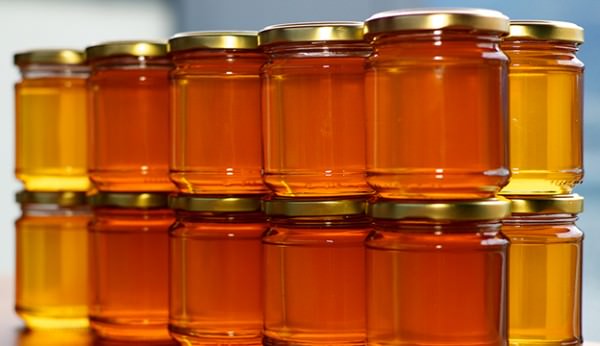
A hive of honeybees can produce an amazing amount of honey in a single summer. It might seem unimaginable, but if your bees had a good year, they can produce more honey than you know what to do with. If this is the case for you, here are some ways you can handle the excess.
1. Make Food
You probably already use honey on your toast and in your tea, but there are also many other delicious and nutritious ways to include honey in your meals. Honey can be a great ingredient in anything from muffins to sandwiches and even salads, allowing you to enjoy the sweet taste of honey at any time of day. The National Honey Board offers many recipes, all prominently featuring honey. Check them out and see what the buzz is about.
2. Sell It
Selling your excess honey is always a great option for bringing in extra cash. There’s usually good demand for bottled honey at farmers markets, but there are other ways to sell your honey. If you know during the extracting stage that you’re going to be selling some of your honey crop, cut the honey-filled combs out of the hive frames, freeze the combs for two or three days, and place them in containers to sell as cut comb honey—no extracting required on your part! Another option is to sell chunk honey, small pieces of comb prepared in the same way as cut comb honey and bottled with liquid honey for a delicious and attractive treat. Be sure to follow all state regulations that govern the process of selling honey.
3. Give Gifts
If you don’t have enough extra honey on hand to warrant the effort of selling it, or perhaps if you’re simply feeling generous, consider giving away your honey as holiday, birthday or hostess gifts. You can even consider making custom labels for each jar—perhaps by including the recipients name and a special message—to make the gift even more personalized.
4. Take It To The Fair
If you’re pleased with the way your honey turned out and believe it to be of high quality, have that opinion validated by entering your honey in your local county fair. Many fairs offer a category for homemade honey, and it can be fun to see how your honey stacks up against that of other local producers. Who knows? Perhaps your honey will be judged the best in the area. You’ll never know unless you enter.
5. Leave It For Your Bees
If you realize before harvesting that the volume of honey is very high, you can always decide to leave more than usual for your bees to use during winter. Depending on the length and severity of your winters, your bees could need between 50 and 100 pounds of honey to nourish themselves during winter. By leaving extra honey in the hive, you can help ensure that your bees will have an even better chance of surviving even a very hard winter, thanks to their increased honey stores.
A bumper crop of honey is an exciting occurrence, especially when you consider the vast effort that honeybees put into making each ounce of delicious golden honey. As you decide how to use your excess honey, take a moment to marvel at the efforts of those worker bees—they’re the reason you have the honey, after all.




